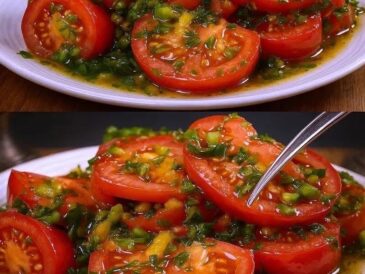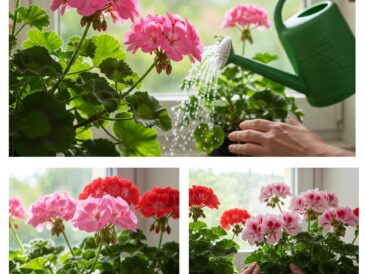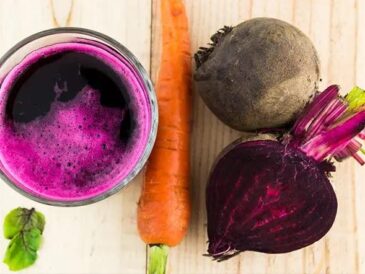Step 1: Peel and Crush the Garlic
Break the garlic cloves and peel them. Crush them with the flat side of a knife or a mortar and pestle to release the juices.
Step 2: Soak the Garlic in Alcohol
Place the crushed garlic in a clean glass jar. Add the 100 ml of rubbing alcohol. Close the lid tightly and let it sit for 24 hours in a cool, dark place.
Step 3: Add Water
After 24 hours, add 100 ml of water to the mixture and stir well.
Step 4: Strain the Mixture
Use a fine strainer or cheesecloth to remove the garlic solids. Pour the liquid into a clean spray bottle.
Step 5: Optional – Add Dish Soap
Add 2-3 drops of dish soap and shake well. This helps the mixture adhere to plant leaves and improves insecticidal activity.
🌿 How to Use Garlic Alcohol Insecticide on Plants
- Test First: Spray on a small section of the plant and wait 24 hours to ensure there’s no adverse reaction.
- Apply in the Morning or Evening: Avoid spraying during direct sunlight to prevent burning the leaves.
- Spray the Entire Plant: Focus on the underside of leaves where pests like to hide.
- Repeat Every 3–5 Days: Until the pest population is under control.
- Reapply After Rain: Since the solution can wash off.
⚠️ Safety Tips
- Never apply undiluted rubbing alcohol directly to plants—it can burn the leaves.
- Keep away from pets and children.
- Do not spray on windy days, especially near vegetable crops close to harvest.
🌎 Eco-Friendly and Cost-Effective
Unlike commercial insecticides that may harm pollinators, contaminate water sources, or leave chemical residues, garlic alcohol:
- Biodegrades quickly
- Does not pollute
- Is safe for bees if applied early morning or late evening
- Costs almost nothing to make
📚 Backed by Science and Tradition
Many studies support the insect-repelling properties of garlic:
- A 2015 study published in the International Journal of Agricultural Science and Research found that garlic extract had significant repellent and insecticidal effects on aphids and whiteflies.
- Another study in Crop Protection journal (2011) showed garlic-based products reduced insect infestation in organically grown vegetables.
Moreover, gardeners and farmers in Asia, Africa, and Latin America have used garlic sprays for generations as a reliable pest deterrent.
🌼 Other Uses for Garlic Spray in the Garden
- Repels fungal diseases like powdery mildew and black spot (though not a cure)
- Keeps cats and some small mammals away from flower beds
- Helps deter slugs and snails (when combined with chili)
🪴 Bonus Tip: Add Neem Oil for Extra Power
If you’re facing a serious infestation, you can supercharge your garlic alcohol spray by adding 1 teaspoon of cold-pressed neem oil to your mixture. Neem oil is another natural pesticide that disrupts insect growth and reproduction.
🔄 How Long Does It Last?
Garlic alcohol insecticide should be stored in a cool, dark place and can last up to 2 weeks. After that, the allicin degrades and the solution becomes less effective. Always label your spray bottle with the date it was made.
✅ Conclusion
Garlic alcohol is an easy, inexpensive, and environmentally friendly way to protect your plants from a variety of pests. With just a few ingredients and 10 minutes of your time, you can create a potent spray that rivals store-bought insecticides—minus the chemicals and environmental guilt.
Try it out on your garden and watch your plants thrive, bug-free!
❓FAQs
1. Can I use garlic alcohol on edible plants?
Yes, but stop spraying at least 5–7 days before harvest and rinse thoroughly before eating.
2. How often should I spray it?
Every 3–5 days or after rain until pests are gone.
3. Can it harm beneficial insects?
It can repel them if sprayed directly, so apply early or late in the day when pollinators are inactive.
4. Does the smell linger?
The garlic smell fades within a few hours but can be strong initially.
5. Is it safe for indoor plants?
Yes, but ensure proper ventilation during spraying and avoid overuse.




